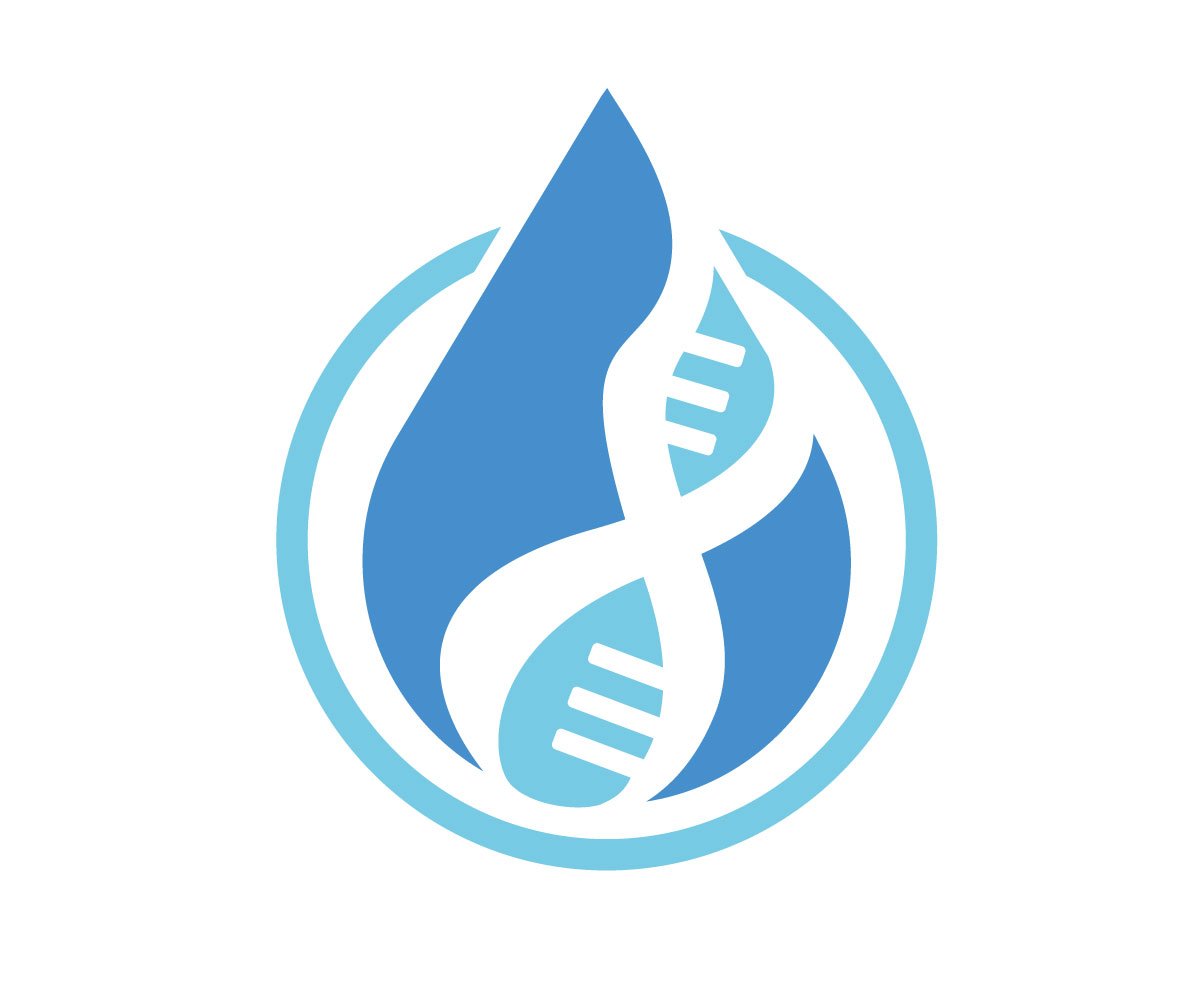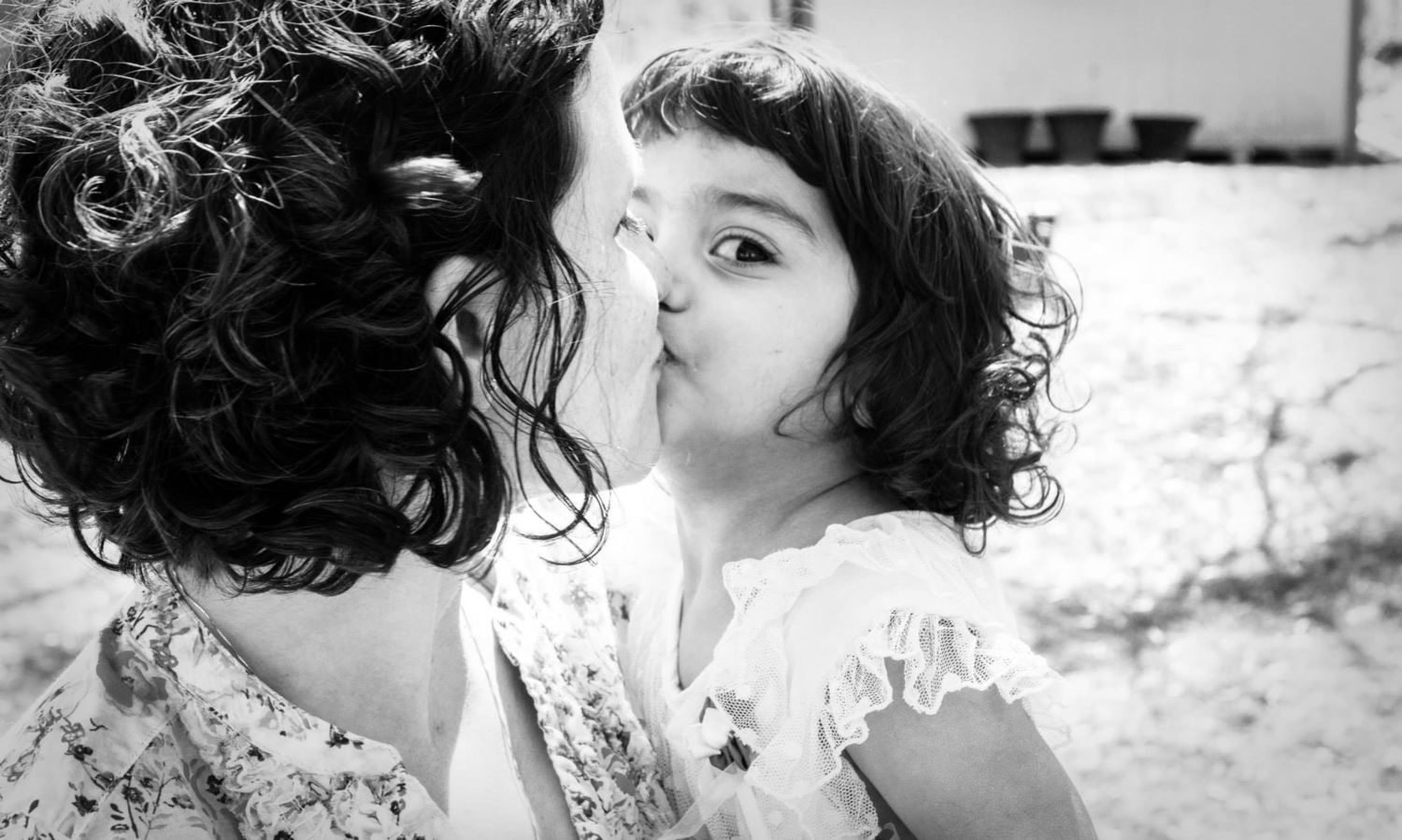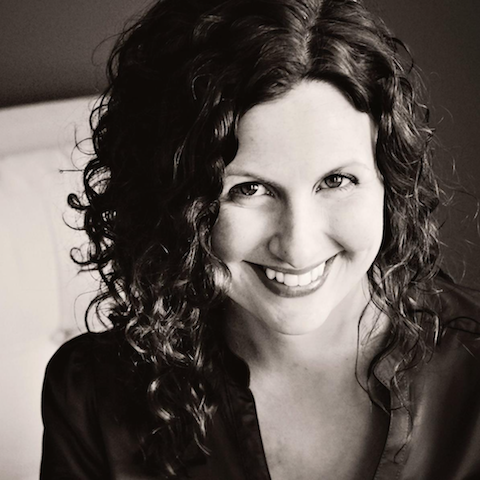This is VUS
Adoption affects access to information about a person's history, most significantly for the person who was adopted. As this post reveals, it can also affect the parents who have adopted a child with complex medical needs and no clear underlying cause. This guest post is written by Michelle Seitzer, a mother whose daughter was adopted from Bulgaria at age 2. Michelle shares of the journey her family has taken to discover the reasons behind their daughter's medical issues and the search for care and treatments. The journey has been long and has included genetic testing that resulted in more questions than answers.
Michelle writes about the dreaded "VUS" (also called VOUS or a variant of uncertain significance) and her resolve to keep searching for answers to help her daughter.
Because the medical genetics community is still trying to understand how individual genetic variations affect health, the more we test the more uncertainty that often arises. Not every difference in DNA is harmful. With more than 7 billion humans alive today -- and each of them with a unique sequence of 3 billion letters of DNA -- the capacity for variation from one person to the next is nearly limitless.
Over time, variants that are at first uncertain can be "reclassified" into the category of clearly disease-causing or clearly harmless.
In the meantime, families like the Seitzers wait while the medical genetics world tries to sort them all out.
- Brianne
When we started the international adoption process in 2011, questions became our new normal. Nearly five years later, we still have many unanswered questions—maybe more.
We recently did two rounds of genetic testing on our daughter, who is 7. When we first met her, she was 2. When she joined our family, she was a few months shy of 3. We knew she had some special needs, the main ones being mild cerebral palsy (CP) and extreme prematurity (which can cause a number of delays and deficits). We anticipated developmental delays as a result of her time in the medical-social care home as well.
The medical report we received from our adoption agency was quite extensive, and after meeting and speaking with several medical staff members in her care home, the report seemed fairly reputable and accurate (this is not always the case with international adoptions). In fact, one of the most accurate lines in her medical record—even after being translated from Bulgarian—still holds true today (though it could apply to most children at any point in time): “Reacts to prohibition with displeasure.”
We quickly learned what’s on two-dimensional paper in black and white and what happens when that multidimensional child and all her history—knowns and unknowns—collides with a completely different culture and environment. When that child becomes part of a family. When that child is given opportunities to grow and thrive in ways her care home, as competent and compassionate as its staff seemed to be, could not offer.
Over the past five years, we’ve probably seen 20-30 different doctors, specialists, therapists, and more. Some have been expected. We had been advised by the medical director of her care home to follow up with a neurologist and an orthopedic specialist for her CP, and we’ve seen several orthopedists—including a surgeon who performed double hip surgery on her in 2016—and do yearly or as-needed visits with a neurologist. But some have been unexpected. When she was four, we were referred to a sports medicine doctor for a knee condition which showed up on an MRI.
Also since her arrival to the US in 2013, she’s had three sets of ear tubes surgically placed. These are quick and easy surgeries, but her consistently poor results on audiological tests even after having new, clear tubes led our ENT (ear, nose, and throat specialist) to refer us to the genetics department at Children’s Hospital of Philadelphia (CHOP). His hope was that we’d find an underlying cause or condition responsible for her hearing loss, and to determine if that condition is progressive (because she had a comprehensive brain MRI, we were able to look at those images and rule out any nerve damage or other physical “misconnections” responsible). Knowing her complex needs, he also hoped we might find a genetic “diagnosis” that would tie together all her many loose ends. I was hopeful for the same, but if I’ve learned anything as a special needs parent, it’s that things are rarely easily explained, able to be neatly packaged, or simple. There are acronyms for just about everything, and I’m now well-versed in the alphabet soup of the special needs & adoptive parenting parenting world.
“When you’re dealing with the mysteries of adoption, in our family’s opinion, some information is better than none at all.”
We did the first round of genetic testing, a wide genome array, and were then encouraged to take the next step, whole exome sequencing (WES). It involved a blood test, exam, and a consult. Since we don’t have any family medical history or access to it, we believed whatever results were returned, the testing might at least provide some information about her current and future health needs. When you’re dealing with the mysteries of adoption, in our family’s opinion, some information is better than none at all.
We waited eagerly for the results, which came about three months later.
But true to her form of always keeping us and her doctors and therapists guessing, the WES results showed 5 genetic variations, all of which fell under the category of VOUS—variants of unknown significance. In the genetics world, "VOUS" basically means the variant could lead to nothing—it's essentially benign—or it could develop into something pathologic. Good or bad. Something or nothing. At this point, there’s not enough information to know for sure.
“In the genetics world, “VOUS” basically means the variant could lead to nothing—it’s essentially benign—or it could develop into something pathologic.”
The test we hoped might bring one “easy” answer brought us more questions. We’re sort of getting used to that. But we press on. Is it because we want a diagnosis that could mean an even more difficult future for her than the one we already might imagine? Or something that would change the tremendously positive and even independent future we also imagine? No. We don’t want a diagnosis if there’s not one to have, but when you have a child with many unexplained health issues and challenges, you do long for a simple explanation—especially because it might lead to a simpler solution than all the therapies, treatments, and interventions we have and continue to try.
“The test we hoped might bring one “easy” answer brought us more questions.”
You long for some glimpse of the future: will she be able to have her own children, and if so, would they have similar health issues and challenges? Will any of her current “conditions” get worse? On the flip side, as genetic research improves and advances at light speed, could we also learn of a cure? A treatment that would help her and other kids like her?
Besides learning to “speak” alphabet soup, adoption and special needs parenting has certainly taught us to expect the unexpected. To live in the pain but also the joys of uncertainties. To know her story, and ours, and the stories of all the children and adults who have undergone or will undergo extensive genetic testing, is still unfolding.
If we can get a little more clarity on what we can and can’t change, great. If by doing so we can help others in similar situations, even better. If we don’t learn anything new at all, that’s fine too. We’re grateful for the opportunity to try, grateful for every moment with our daughter, and grateful for the people who have helped us try to understand her better so we can give her the best possible quality of life. And in the end, that’s the most significant and concrete finding of all: I can live with the unanswered questions so long as we’ve done our best to answer the important ones.
Michelle Seitzer has been writing since she was old enough to hold a pencil, but she’s been a freelance writer since 2008. Before her daughter joined their family, she spent more than a decade volunteering and working in senior living communities, and advocacy for elders continues to be one of her greatest passions. She currently lives with her family in an old stone farmhouse north of Philadelphia and loves traveling, the arts, and following interior design blogs on Instagram. Follow her on Twitter @MichelleSeitzer.
Readers of this post who are interested in more information on the topic of genealogy and DNA testing might find the book The DNA Guide for Adoptees helpful. Even non-adopted individuals have commented it as helpful for understanding how to combine DNA and family trees in understanding family history.



